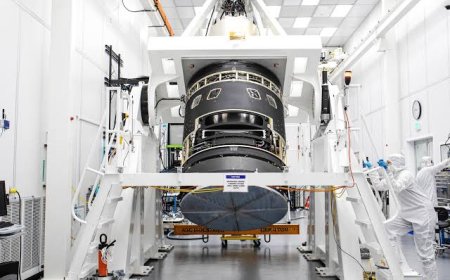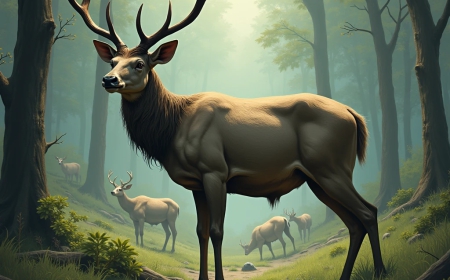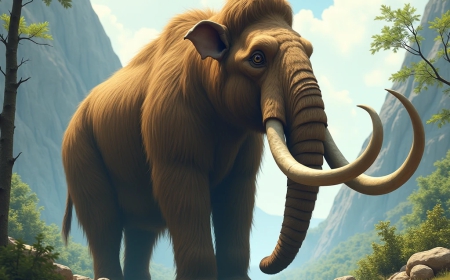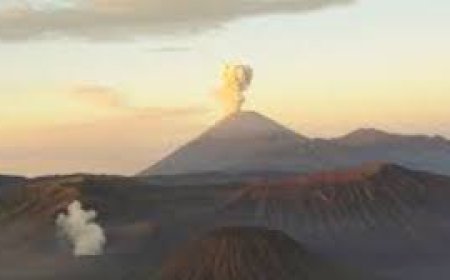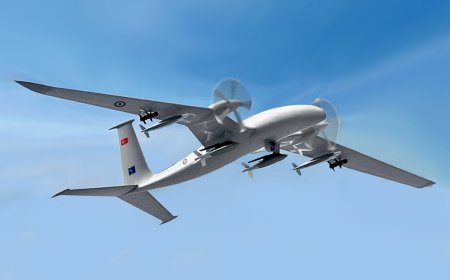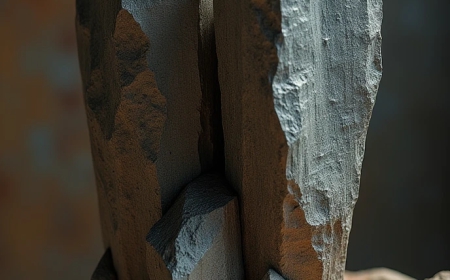Parasaurolophus Pipe: Modeling the dinosaur's crest to study its sound
Fossils can give a good picture of what dinosaurs looked like, but they can also teach scientists what they sounded like. Parasaurolophus is a duck-billed dinosaur with a unique crest that lived 70 million to 80 million years ago. It is estimated to have been about 16 feet long and weighed 6,000 to 8,000 pounds.
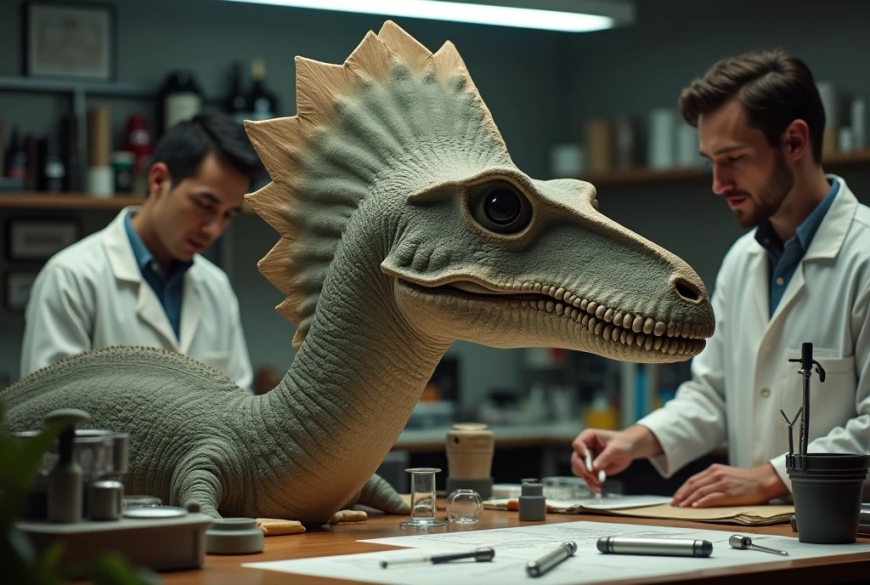
Hongjun Lin of New York University presented the results of the acoustic properties of a physical model of the crest of Parasaurolophus on November 21 as part of the virtual 187th meeting of the Acoustical Society of America, November 18-22, 2024.
“I have been fascinated by giant animals since I was a child. I could spend hours reading books, watching movies and imagining what dinosaurs would have been like if they were still around today,” Lin said.
“It wasn’t until college that I realized that the sounds we hear in movies and shows — while mesmerizing — are made entirely from the sounds of modern animals. That’s when I decided to dive deeper and explore what dinosaurs might actually have sounded like.”
Lin created a physical setup made of tubes to represent a mathematical model that would allow researchers to explore what was happening acoustically inside the Parasaurolophus crest. The physical model, inspired by resonance chambers, was suspended by cotton thread and excited by a small speaker, and a microphone was used to collect frequency data.
While not a perfect replica of Parasaurolophus, the tubes — nicknamed “Linophones” after the researcher — would serve as a validation of the mathematical framework.
“I wanted something simplified and accessible for both modeling and building a physical device,” Lin explained.
Lin's initial results suggest that the crest of Parasaurolophus was used for resonance, similar to the crests of birds we see today. The mathematical model is still being worked out, but Lin hopes it will be useful for studying animals with similar vocal structures.
He plans to create an accessible plug-in so that people can experiment and even add dinosaur sounds to music.
"Once we have a working model, we will move on to using fossil scans," Lin says. "My ultimate goal is to recreate the sound of Parasaurolophus."
Provided by the Acoustical Society of America
